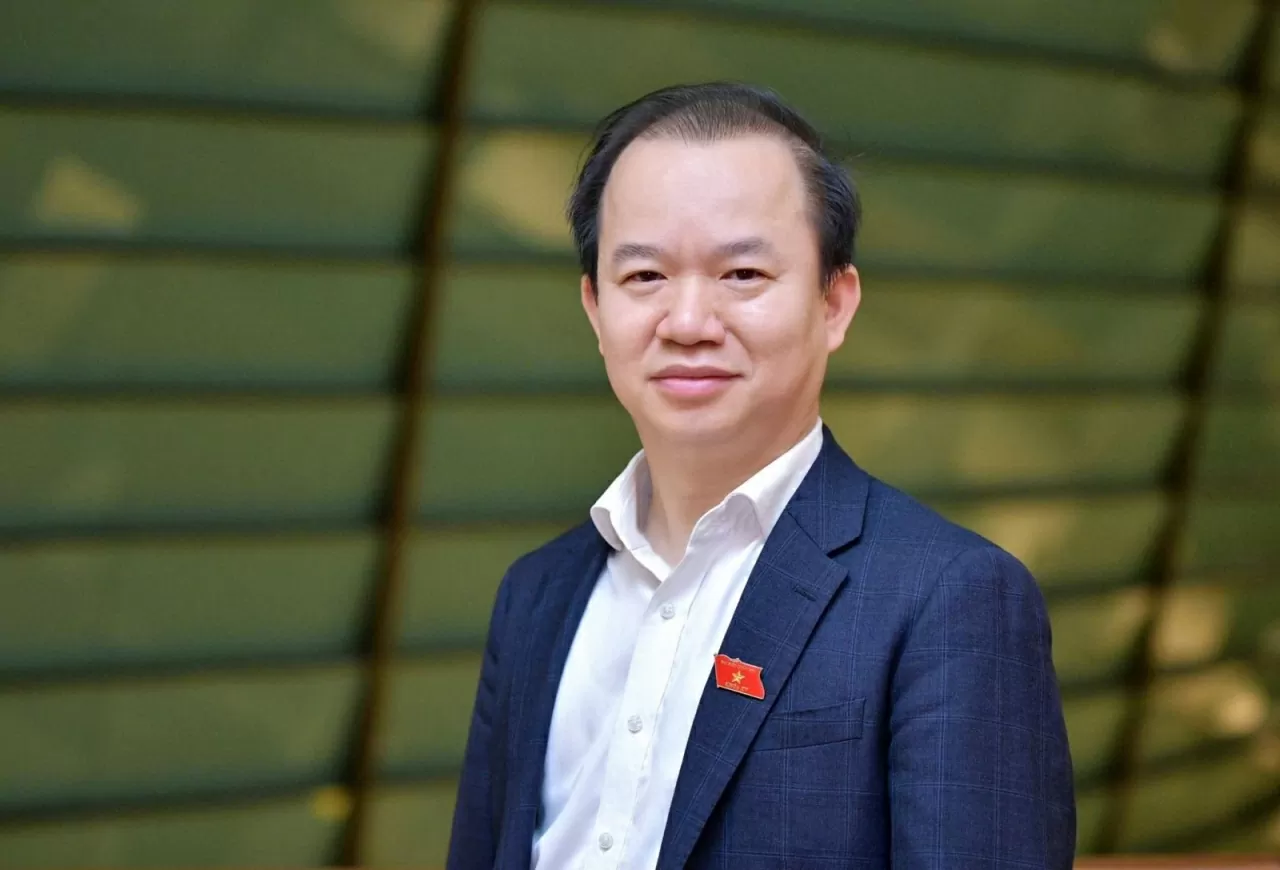 |
| National Assembly Deputy Bui Hoai Son expressed his opinion that technology also helps preserve and spread the value of festivals more strongly. (Source: Quochoi) |
Technology application - trend in modern society
Festivals have become an indispensable part of the spiritual life of Vietnamese people. Each festival carries within it a story, a philosophy of life passed down from our ancestors for generations. In order for festivals to retain their core cultural values, what do we need to do to ensure their continuity?
I realize that festivals are not only a religious space where people come to pray for peace and luck, but also an opportunity for the community to gather and connect with each other in cultural activities, from solemn rituals to unique folk games.
Customs such as palanquin processions, incense offerings, xoan singing, quan ho singing, or games such as tug of war and wrestling are all pieces that create a vivid picture of Vietnamese culture. Without festivals, many customs and practices will gradually fade away and the gap between generations may also become wider when young people no longer have the opportunity to experience, learn and appreciate traditional values. Therefore, in order for festivals to retain their core cultural values, we must not only preserve them but also find ways to promote and innovate them to suit the times.
The first thing to do is to preserve the originality of the festival, avoiding commercialization or excessive transformation that would cause the festival to lose its original spirit. I have seen many traditional festivals being "modernized" too much, becoming grandiose events but lacking in soul, where cultural rituals are replaced by performances, bustling sounds but no longer have cultural depth. If we want to truly preserve it, each festival needs to be organized based on respect for history, for local customs, instead of following temporary tastes.
Besides,education and communication play an important role in the inheritance of festivals. If we do not help the younger generation understand the value, it is very likely that one day, they will consider festivals as just an entertainment event, not a part of national identity.
Therefore, in educational programs, there needs to be more content to help students understand the meaning of each festival and the customs associated with it. At the same time, the media also needs to play an orientation role, not only reporting on the crowded, bustling scenes but also exploiting the cultural stories behind each ritual and each custom. When understanding the value of the festival, I believe that each person will participate with a different mindset - not just going to the festival, but also respecting and preserving the heritage of their ancestors.
In addition, to ensure continuity, there needs to be active participation of the local community in organizing and protecting the festival. Festivals are born from the community, for the community, when people are truly empowered in organizing, they will be aware of preserving their identity in the most natural way.
What do you think about the application of technology in festival activities? Does this reduce the authenticity and tradition of the festival?
The application of technology to festival activities is an inevitable trend in modern society. But the important thing is how to apply technology to ensure convenience while maintaining the authenticity and traditional values of the festival.
There was a time when I also wondered if technology, when it intervenes in sacred and communal spaces such as festivals, would destroy the inherent connection and sacredness. But I realized that, if used properly, technology may not diminish tradition, but on the contrary, it can help preserve and promote the core values of festivals in a more effective way.
First of all, technology can help manage festivals better, avoiding overcrowding, crowding, and loss of control. Selling tickets online, directing traffic using GPS systems, or using surveillance cameras in the festival area not only helps ensure safety, but also creates a more civilized environment.
Some major festivals such as Huong Pagoda have started selling tickets online to reduce the number of people queuing to buy tickets directly. Or at large relic sites, installing a surveillance system helps limit negative behaviors such as theft and soliciting tourists . This is a right direction, helping the festival operate more orderly while still maintaining the traditional cultural space.
In addition, technology also helps preserve and spread the value of festivals more strongly. I have witnessed little-known traditional festivals, limited to a village or a region, but thanks to the support of technology, especially online media and social networks, these festivals have gradually become known to many people and recognized as an important part of cultural heritage.
Livestreaming festival rituals not only gives those who cannot attend in person the opportunity to watch, but also helps preserve important moments so that future generations can better understand the tradition.
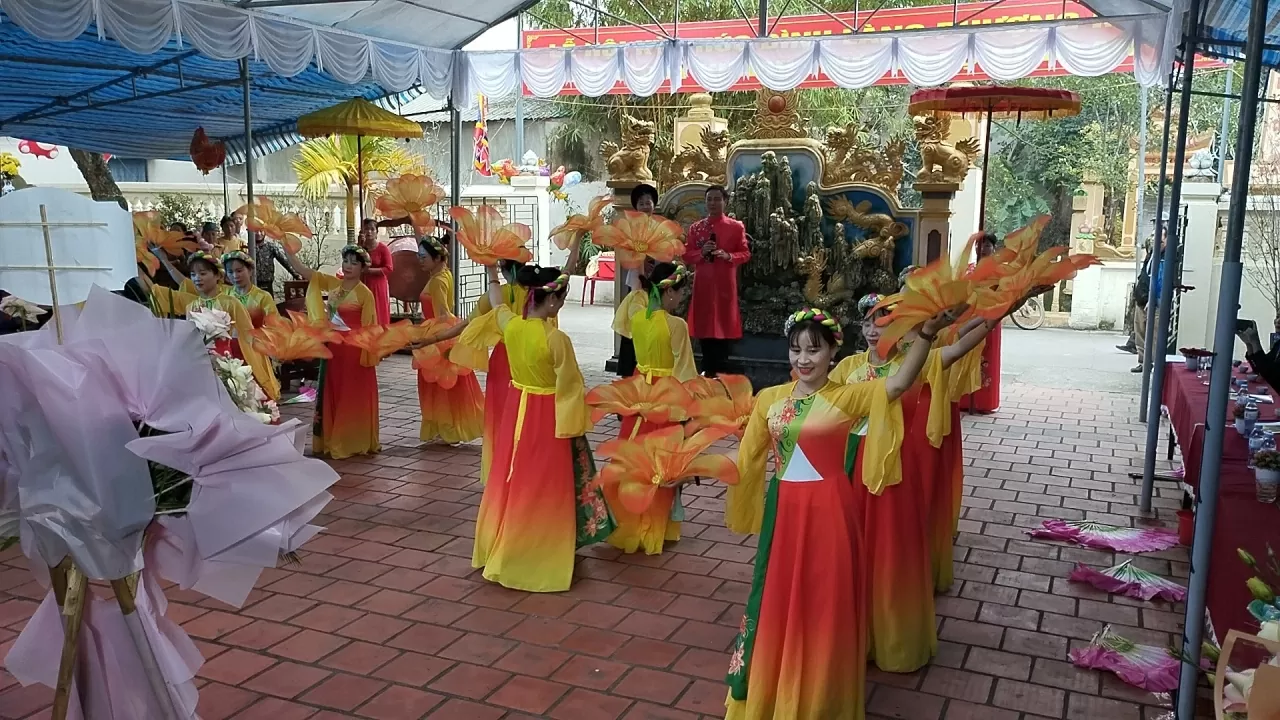 |
| Festivals have become an indispensable part of the spiritual life of Vietnamese people. (Photo: Hoang Giang) |
Balance between technology and tradition
How can technology support the dissemination of traditional cultural values in festivals? Can you give a specific example of the combination of tradition and technology?
Technology can play a very important role in spreading and preserving the traditional cultural values of the New Year festival. If applied appropriately, technology not only helps spread the good values of the festival to more people but also creates new experiences, helping the younger generation easily access and understand more deeply the cultural heritage of the nation.
In the past, the dissemination of festivals relied mainly on word of mouth, books or direct experiences. But today, with the strong development of digital media, social networking platforms, virtual reality and mobile applications, traditional festivals can be brought closer to the public, especially those who do not have the opportunity to participate directly. This is the way to both preserve and promote festival values in the new era.
I am very impressed with the live streaming of festival rituals on social networks and digital platforms. With just a smartphone, anyone can follow major festivals such as the Tran Temple Seal Opening Ceremony (Nam Dinh), the Giong Festival ( Hanoi ), or the Yen Tu Festival (Quang Ninh)...
This helps expand the festival's reach, not only domestically but also to the overseas Vietnamese community, helping them connect with their homeland culture wherever they are.
However, no matter how modern the technology is, the most important thing is to preserve the spirit and essence of the festival. If we know how to combine technology properly to preserve traditional rituals and take advantage of digital tools to spread cultural values, the festival will not only be preserved but can also develop more strongly in the future.
In the context of strong technological development, are there any challenges in protecting and promoting cultural values in festivals?
In the context of strong technological development, the protection and promotion of cultural values in festivals are facing many challenges. One of the biggest challenges that I see is the risk of commercialization and over-theatricalization of festivals.
When technology deeply intervenes in festival organization, it is easy to turn the festival into an "entertainment product", where traditional values are overwhelmed by spectacular performances, sounds, and bright lights. This raises the question: How to apply technology while still preserving the spirit of the festival?
In addition, the younger generation’s approach to festivals has changed. In the digital age, many young people prefer to experience festivals through screens rather than participating in them in person. Livestreaming festivals, reenacting rituals using virtual reality (VR), or even organizing “online festivals” can help expand reach, but can also reduce community connection.
If one day, people can just stay at home, wear VR glasses and "attend" a festival without having to step outside, will the festival still play the role of a meeting space, connecting people together?
In addition, in the age of technology, the dissemination of information about festivals also faces many challenges in terms of authenticity. When information about festivals is widespread on the Internet, there are many misunderstandings and distortions about the origin and meaning of the rituals.
There are festivals that are "embroidered" excessively, adding spiritual elements, even being transformed to serve business purposes. If we do not have official sources of information, and do not have strict control, traditional values can be misunderstood, losing the original meaning of the festival.
So how to balance between preserving tradition and embracing the new?
The most important thing is to put technology in its rightful place as a supporting tool, not a dominant factor. Technology should be used to help preserve, spread and enhance the festival experience. For example, applying virtual reality technology to recreate the festival space in museums and schools is a good way to educate the younger generation, but it cannot replace the actual festival experience.
In addition, preserving the festival must have the active participation of the local community. Festival keepers from elders, folk artists, to indigenous people must be the ones who play a central role in teaching, organizing and protecting the festival. If we only rely on technology without the human element, then no matter how magnificent the festival is, it will just be a staged event, lacking its true spirit.
In addition, education about traditional culture is a core element to balance between modernity and tradition. When the younger generation understands the true meaning of the festival, they will not only approach the festival as an entertainment event, but also consciously preserve it.
We should take advantage of technology to enrich educational content about the festival through documentaries, digital interactive platforms, cultural tourism guide apps, but still encourage real-life experiences, so that the next generation not only knows about the festival, but also feels and appreciates it in the true sense.
In the era of technological development, preserving and promoting the value of traditional festivals also opens up new opportunities. It is important that we know how to adjust and use technology appropriately, both promoting its benefits and preserving the core spirit of the festival. From there, the festival is not only a legacy of the past, but also a vibrant part of modern cultural life.
Use online platforms wisely
What do you think about using online platforms (e.g. livestream, mobile apps) to engage young people and international visitors in festivals while still preserving the unique culture?
Using online platforms such as livestream and mobile applications to attract young people and international visitors to festivals is a creative and modern way. However, the most important thing is how to ensure that technology does not destroy the unique culture.
In the digital age, young people spend more and more time on online platforms. If we know how to reach them using the tools they are familiar with, traditional festivals will not be forgotten but can be spread in a new way.
I have noticed that many major festivals have started to livestream important rituals on social media, allowing those who cannot attend in person to still follow. This helps not only people in the country but also the overseas Vietnamese community have the opportunity to connect with their homeland culture, even if they cannot return to attend the festival.
In addition, mobile applications can significantly enhance the festival experience. Instead of just going to the festival “riding a horse to see the flowers”, visitors can use applications to learn about the history and significance of the festival in advance, or join self-guided tours right at the festival location.
At some major monuments such as Hung Temple, Bai Dinh Pagoda, Temple of Literature - Quoc Tu Giam... visitors can use QR codes or digital commentary applications to listen to detailed explanations of each ritual and each monument, without having to rely on traditional tour guides. If this technology is applied to major festivals, international visitors can also access and understand more about Vietnamese culture, instead of just coming to watch without really feeling the depth of the festival.
However, if not well controlled, the use of online platforms can reduce the authenticity and identity of the festival. I have seen some cultural events turned into "online shows", where the images are overly staged, losing the naturalness of the festival.
Therefore, the best way to balance technology and tradition is to use online platforms as a means of support, not a replacement for the real experience. We can live-stream the festival, but we also need to keep the original rituals intact, avoiding turning the festival into an elaborate performance. We can develop mobile applications, but we need to encourage visitors to experience the reality, to participate directly in cultural activities, not just "watch through the screen".
In addition, a great way is to combine online platforms with educational programs about traditional culture. If digital platforms have a lot of content introducing festivals in an attractive, lively way, with pictures, documentary videos and historical stories associated with each festival, young people will certainly be more interested in learning more.
If we know how to apply technology properly, we can absolutely attract young people and international tourists while still maintaining the cultural identity of the festival. Technology is not a threat to tradition, but on the contrary, it can be a bridge to help cultural values go further, to reach more generations.
It is important that we know how to use technology skillfully and selectively, so that the festival retains its soul, while also not falling behind in the flow of the new era.
Thank you!


![[Photo] Pink ball and table tennis](https://vphoto.vietnam.vn/thumb/1200x675/vietnam/resource/IMAGE/2025/5/26/d9f770bdfda243eca9806ea3d42ab69b)

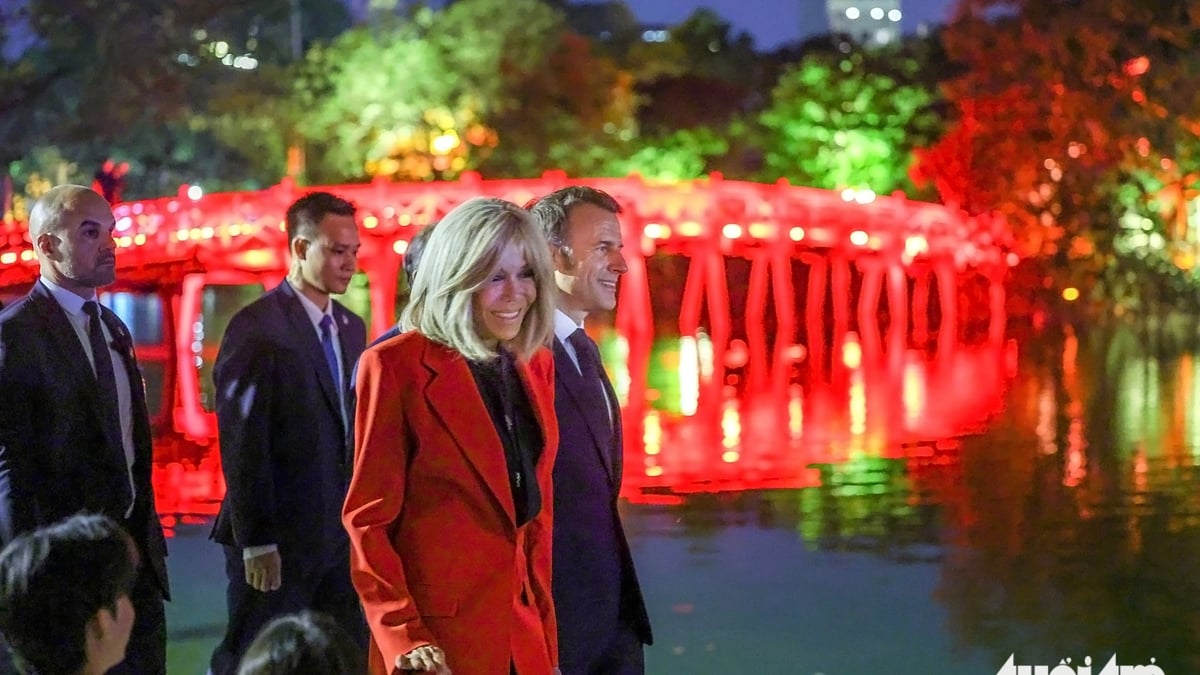
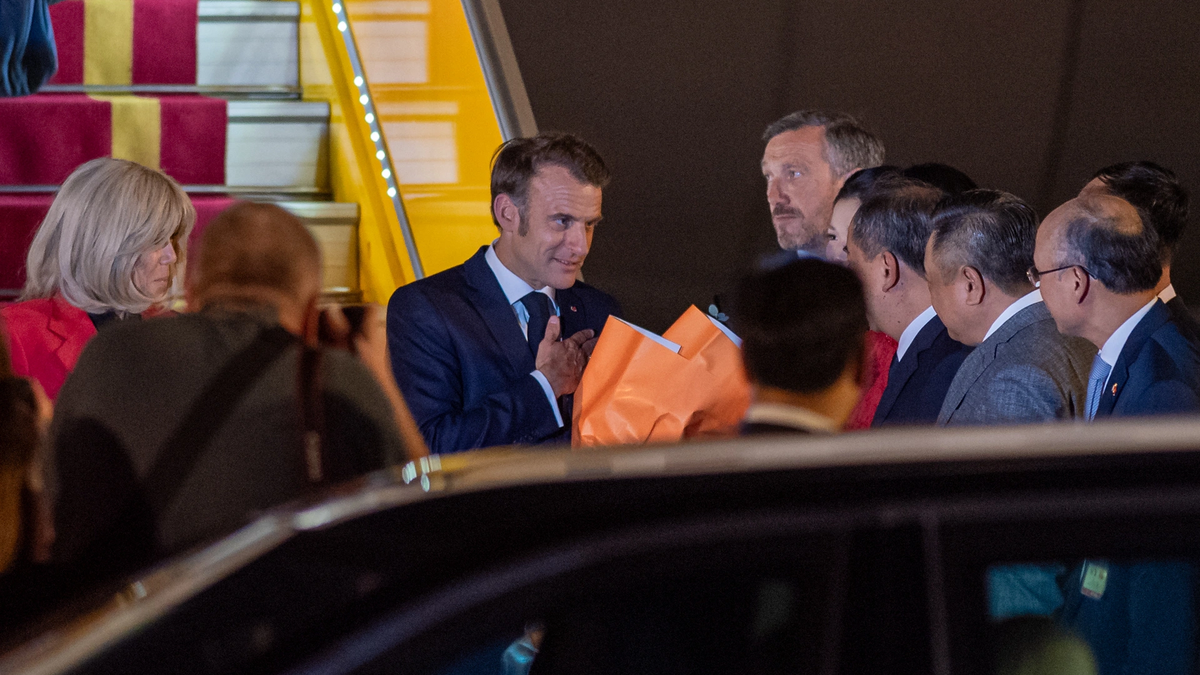


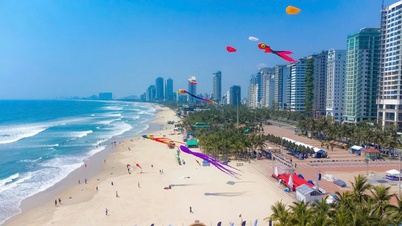







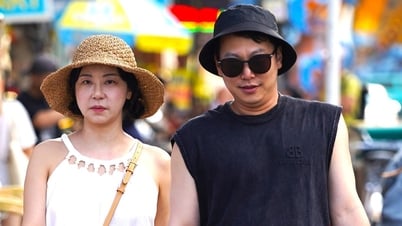
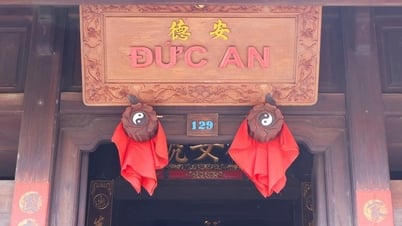







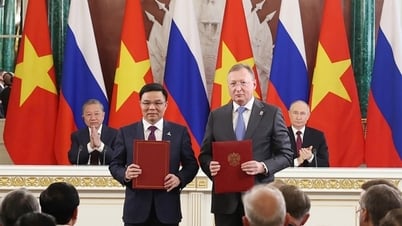

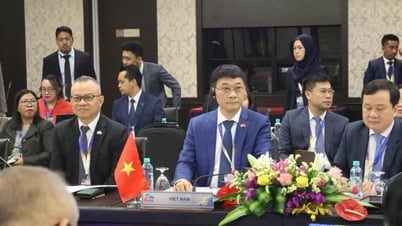
![[Photo] Ea Yieng commune settlement project abandoned](https://vphoto.vietnam.vn/thumb/1200x675/vietnam/resource/IMAGE/2025/5/25/57a8177361c24ee9885b5de1b9990b0e)
![[Photo] French President Emmanuel Macron and his wife begin state visit to Vietnam](https://vphoto.vietnam.vn/thumb/1200x675/vietnam/resource/IMAGE/2025/5/25/03b59c7613144a35ba0f241ded642a59)































![[Infographic] Vietnam-France Comprehensive Strategic Partnership](https://vphoto.vietnam.vn/thumb/402x226/vietnam/resource/IMAGE/2025/5/26/986f63068ea9413dbbb558ee6c6944f3)

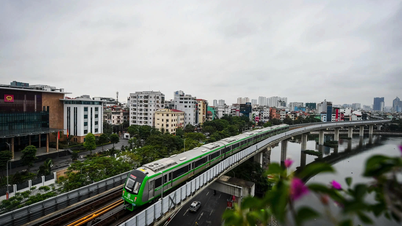











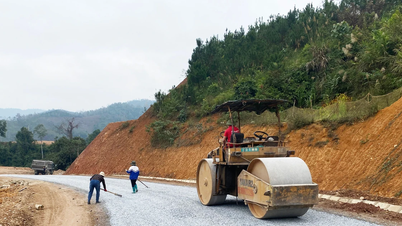

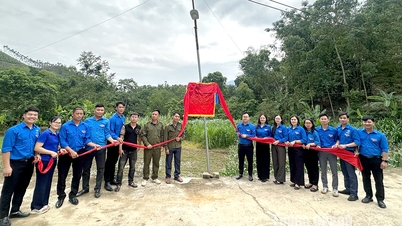

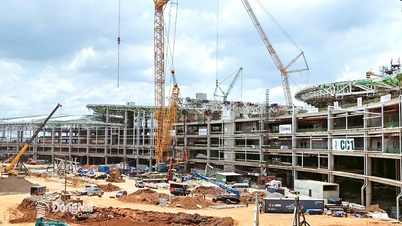



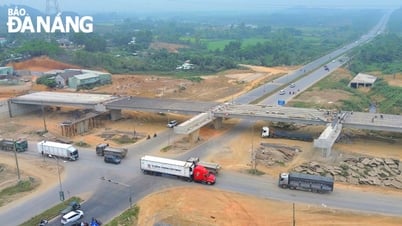
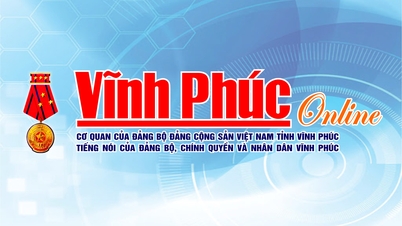












Comment (0)